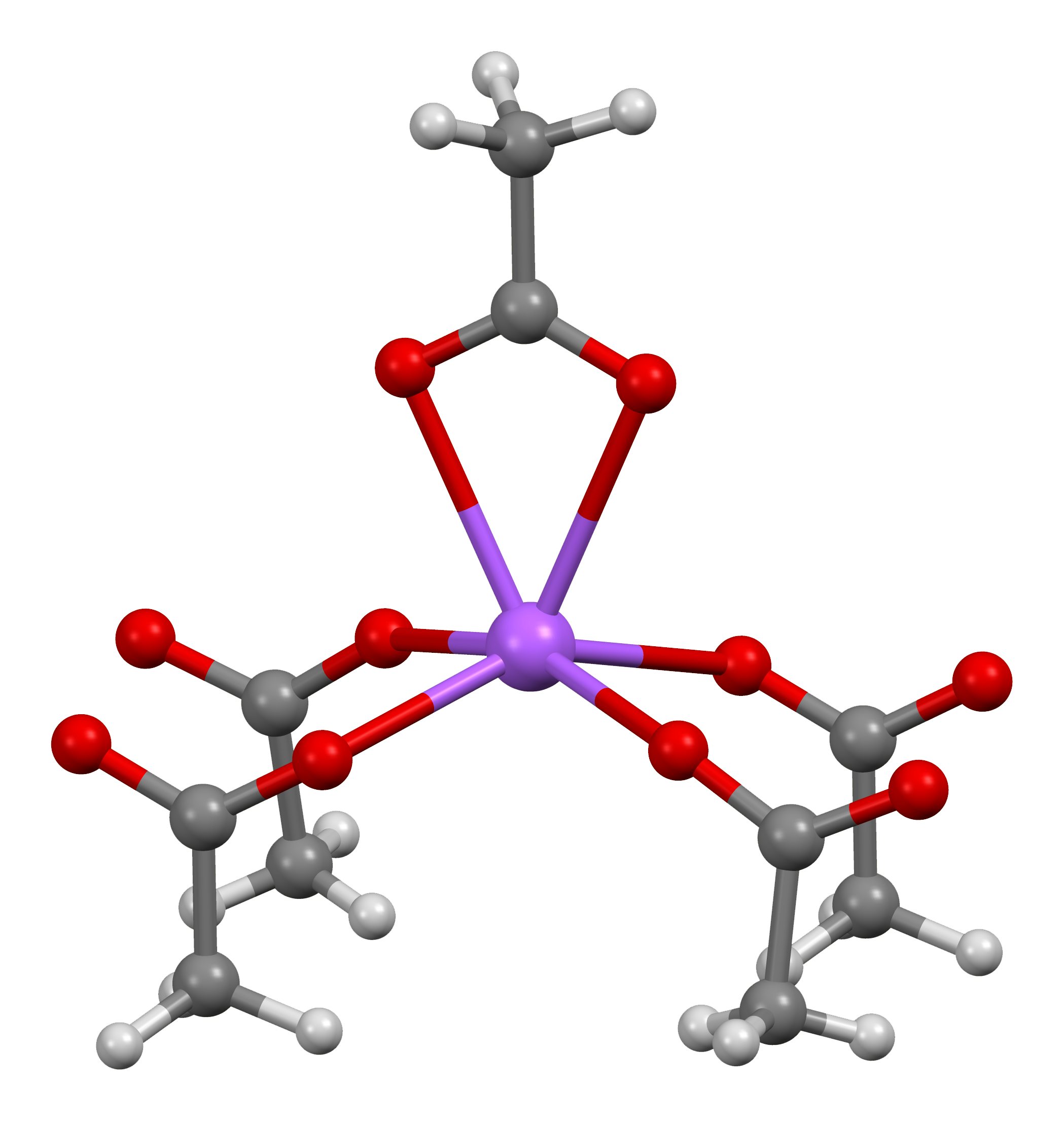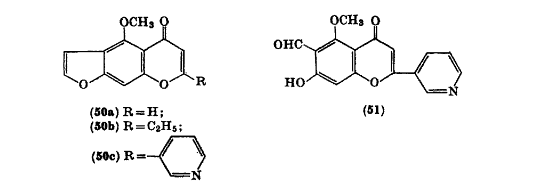|
Eugenitin
Eugenitin is a chromone derivative, a type of phenolic compound found in cloves. It has also been isolated from the fungal species '' Cylindrocarpon'' sp. C.M.I. 127996. Synthesis Eugenitin has also synthethised using the Kostanecki sodium acetate- acetic anhydride cyclization of C-methylphloracetophenone in 1952 and from visnagin, khellin Khellin has been used as an herbal folk medicine, with use in the Mediterranean dating back to Ancient Egypt, to treat a variety of maladies including: renal colic, kidney stones, coronary disease, bronchial asthma, vitiligo, and psoriasis. It ... and khellol in 1953. See also * Eugenin References Chromones Phenol ethers Phenols {{phenol-stub ... [...More Info...] [...Related Items...] OR: [Wikipedia] [Google] [Baidu] |
Clove
Cloves are the aromatic flower buds of a tree in the family Myrtaceae, ''Syzygium aromaticum'' (). They are native to the Maluku Islands (or Moluccas) in Indonesia, and are commonly used as a spice, flavoring or fragrance in consumer products, such as toothpaste, soaps, or cosmetics. Cloves are available throughout the year owing to different harvest seasons across various countries. Etymology The word ''clove'', first used in English in the 15th century, derives via Middle English ''clow of gilofer'', Anglo-French ''clowes de gilofre'' and Old French ''clou de girofle'', from the Latin word ''clavus'' "nail". The related English word ''gillyflower'', originally meaning "clove", derives via said Old French ''girofle'' and Latin ''caryophyllon'', from the Greek ''karyophyllon'' "clove", literally "nut leaf". Botanical features The clove tree is an evergreen that grows up to tall, with large leaves and crimson flowers grouped in terminal clusters. The flower buds initiall ... [...More Info...] [...Related Items...] OR: [Wikipedia] [Google] [Baidu] |
Chromone
Chromone (or 1,4-benzopyrone) is a derivative of benzopyran with a substituted keto group on the pyran ring. It is an isomer of coumarin. Derivatives of chromone are collectively known as ''chromones''. Most, though not all, chromones are also phenylpropanoids. Examples * 6,7-dimethoxy-2,3-dihydrochromone has been isolated from ''Sarcolobus globosus''. * Eucryphin, a chromone rhamnoside, can be isolated from the bark of ''Eucryphia cordifolia''. * Cromolyn (disodium cromoglicate) was found to inhibit antigen challenge as well as stress induced symptoms.HOWELL, J.B. & ALTOUNYAN, R.E. (1967). A double-blind trial of disodium cromoglycate in the treatment of allergic bronchial asthma. Lancet, 2, 539–542Abstract/ref> Cromoglicate is used as a mast cell stabilizer in allergic rhinitis, asthma and allergic conjunctivitis. * Nedocromil sodium was found to have a somewhat longer half-life than cromolyn; however, production was discontinued in the US in 2008. * Xanthone with a se ... [...More Info...] [...Related Items...] OR: [Wikipedia] [Google] [Baidu] |
Cylindrocarpon
''Cylindrocarpon'' is a genus of fungi. Many of the species in this genus are plant pathogen Plant pathology (also phytopathology) is the scientific study of diseases in plants caused by pathogens (infectious organisms) and environmental conditions (physiological factors). Organisms that cause infectious disease include fungi, oomyc ...s. Species *'' Cylindrocarpon abuense'' *'' Cylindrocarpon aequatoriale'' *'' Cylindrocarpon amamiense'' *'' Cylindrocarpon angustum'' *'' Cylindrocarpon aquaticum'' *'' Cylindrocarpon austrodestructans'' *'' Cylindrocarpon bambusicola'' *'' Cylindrocarpon bonaerense'' *'' Cylindrocarpon bondarzevii'' *'' Cylindrocarpon boninense'' *'' Cylindrocarpon bulborum'' *'' Cylindrocarpon candidum'' *'' Cylindrocarpon carneum'' *'' Cylindrocarpon castaneae'' *'' Cylindrocarpon castaneicola'' *'' Cylindrocarpon cedri'' *'' Cylindrocarpon chiayiense'' *'' Cylindrocarpon chichiense'' *'' Cylindrocarpon chlamydospora'' *'' Cylindrocarpon cochinchinense' ... [...More Info...] [...Related Items...] OR: [Wikipedia] [Google] [Baidu] |
Stanisław Kostanecki
Stanisław Kostanecki (born 16 April 1860 in Myszaków, now in Poland then Kingdom of Prussia – 15 November 1910 in Würzburg) was a Polish organic chemist, professor who pioneered in vegetable dye chemistry e.g. curcumin. Known for Kostanecki acylation name reactions. In 1896, he developed the theory of dyes and studied the natural vegetable dyes. Among his many students were famous scientists Kazimierz Funk Kazimierz Funk (; February 23, 1884 – November 19, 1967), commonly anglicized as Casimir Funk, was a Polish-American biochemist generally credited with being among the first to formulate (in 1912) the concept of vitamins, which he called "vita ... and Wiktor Lampe. 1860 births 1910 deaths Polish organic chemists {{Chemist-stub ... [...More Info...] [...Related Items...] OR: [Wikipedia] [Google] [Baidu] |
Sodium Acetate
Sodium acetate, CH3COONa, also abbreviated Na O Ac, is the sodium salt of acetic acid. This colorless deliquescent salt has a wide range of uses. Applications Biotechnological Sodium acetate is used as the carbon source for culturing bacteria. Sodium acetate is also useful for increasing yields of DNA isolation by ethanol precipitation. Industrial Sodium acetate is used in the textile industry to neutralize sulfuric acid waste streams and also as a photoresist while using aniline dyes. It is also a pickling agent in chrome tanning and helps to impede vulcanization of chloroprene in synthetic rubber production. In processing cotton for disposable cotton pads, sodium acetate is used to eliminate the buildup of static electricity. Concrete longevity Sodium acetate is used to mitigate water damage to concrete by acting as a concrete sealant, while also being environmentally benign and cheaper than the commonly used epoxy alternative for sealing concrete against water permeation. ... [...More Info...] [...Related Items...] OR: [Wikipedia] [Google] [Baidu] |
Acetic Anhydride
Acetic anhydride, or ethanoic anhydride, is the chemical compound with the formula (CH3CO)2O. Commonly abbreviated Ac2O, it is the simplest isolable anhydride of a carboxylic acid and is widely used as a reagent in organic synthesis. It is a colorless liquid that smells strongly of acetic acid, which is formed by its reaction with moisture in the air. Structure and properties Acetic anhydride, like most acid anhydrides, is a flexible molecule with a nonplanar structure. The pi system linkage through the central oxygen offers very weak resonance stabilization compared to the dipole-dipole repulsion between the two carbonyl oxygens. The energy barriers to bond rotation between each of the optimal aplanar conformations are quite low. Like most acid anhydrides, the carbonyl carbon atom of acetic anhydride has electrophilic character, as the leaving group is carboxylate. The internal asymmetry may contribute to acetic anhydride's potent electrophilicity as the asymmetric geometry ... [...More Info...] [...Related Items...] OR: [Wikipedia] [Google] [Baidu] |
Visnagin
Visnagin is an organic chemical compound with the molecular formula C13 H10 O4 It is a furanochromone, a compound derivative of chromone (1,4-benzopyrone) and furan. History ''Ammi visnaga'', the main source for visnagin, has been used in traditional medicine in the Middle East to ease urinary tract pain associated with kidney stones and to promote stone passage. Occurrences Visnagin naturally occurs in ''Ammi visnaga'', a species of flowering plant in the carrot family known by many common names, including bisnaga, toothpickweed, and khella. Visnagin-containing khella seeds are usually found mainly in Middle East countries such as Egypt and Turkey and also in Northern African countries such as Morocco. Visnagin can be extracted directly from khella seeds. Synthesis Modified synthesis of the naturally occurring visnagin is reported. Starting from phloroghrcin aldehyde, and building on the 2-methyl-y-pyrone, 2-methyl-5,7-dihydroxy-dfo-yl-chromone was obtained. Construction of th ... [...More Info...] [...Related Items...] OR: [Wikipedia] [Google] [Baidu] |
Khellin
Khellin has been used as an herbal folk medicine, with use in the Mediterranean dating back to Ancient Egypt, to treat a variety of maladies including: renal colic, kidney stones, coronary disease, bronchial asthma, vitiligo, and psoriasis. It is a major constituent of the plant ''Ammi visnaga'', also known as Bishop's Weed. Once purified, khellin exists as colorless, odorless, bitter-tasting needle-shaped crystals and is classified as a gamma-pyrone, a furanochromone derivative. In the early 20th century, researchers searched for khellin analogs with lower toxicity and better efficacy. A number of drugs were discovered through this research, such as amiodarone and cromolyn sodium, which are used in current medical practice. Efloxate is also mentioned as analog. Background Khellin is found in Egypt, the Middle East, and areas surrounding the Mediterranean. It is a major constituent of the plant ''Ammi Visnaga'', existing between 0.3 and 1.2% in the leaves and seeds. Bishop's ... [...More Info...] [...Related Items...] OR: [Wikipedia] [Google] [Baidu] |
Eugenin
Eugenin is a chromone derivative, a phenolic compound found in cloves. It is also one of the compounds responsible for bitterness in carrots. Derivatives * 6-Hydroxymethyleugenin can be isolated from the fungal species '' Chaetomium minutum''. References Chromones Bitter compounds Phenol ethers Phenols {{phenol-stub ... [...More Info...] [...Related Items...] OR: [Wikipedia] [Google] [Baidu] |
Chromones
Chromone (or 1,4-benzopyrone) is a derivative of benzopyran with a substituted keto group on the pyran ring. It is an isomer of coumarin. Derivatives of chromone are collectively known as ''chromones''. Most, though not all, chromones are also phenylpropanoids. Examples * 6,7-dimethoxy-2,3-dihydrochromone has been isolated from ''Sarcolobus globosus''. * Eucryphin, a chromone rhamnoside, can be isolated from the bark of ''Eucryphia cordifolia''. * Cromolyn (disodium cromoglicate) was found to inhibit antigen challenge as well as stress induced symptoms.HOWELL, J.B. & ALTOUNYAN, R.E. (1967). A double-blind trial of disodium cromoglycate in the treatment of allergic bronchial asthma. Lancet, 2, 539–542Abstract/ref> Cromoglicate is used as a mast cell stabilizer in allergic rhinitis, asthma and allergic conjunctivitis. * Nedocromil sodium was found to have a somewhat longer half-life than cromolyn; however, production was discontinued in the US in 2008. * Xanthone with a sec ... [...More Info...] [...Related Items...] OR: [Wikipedia] [Google] [Baidu] |


